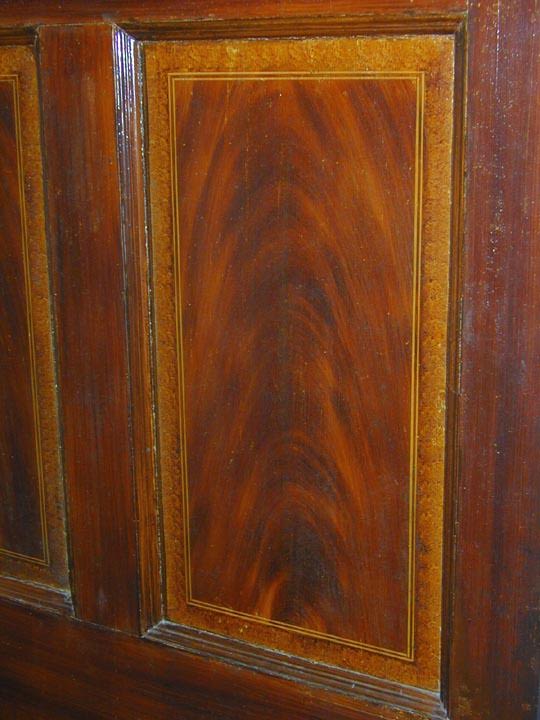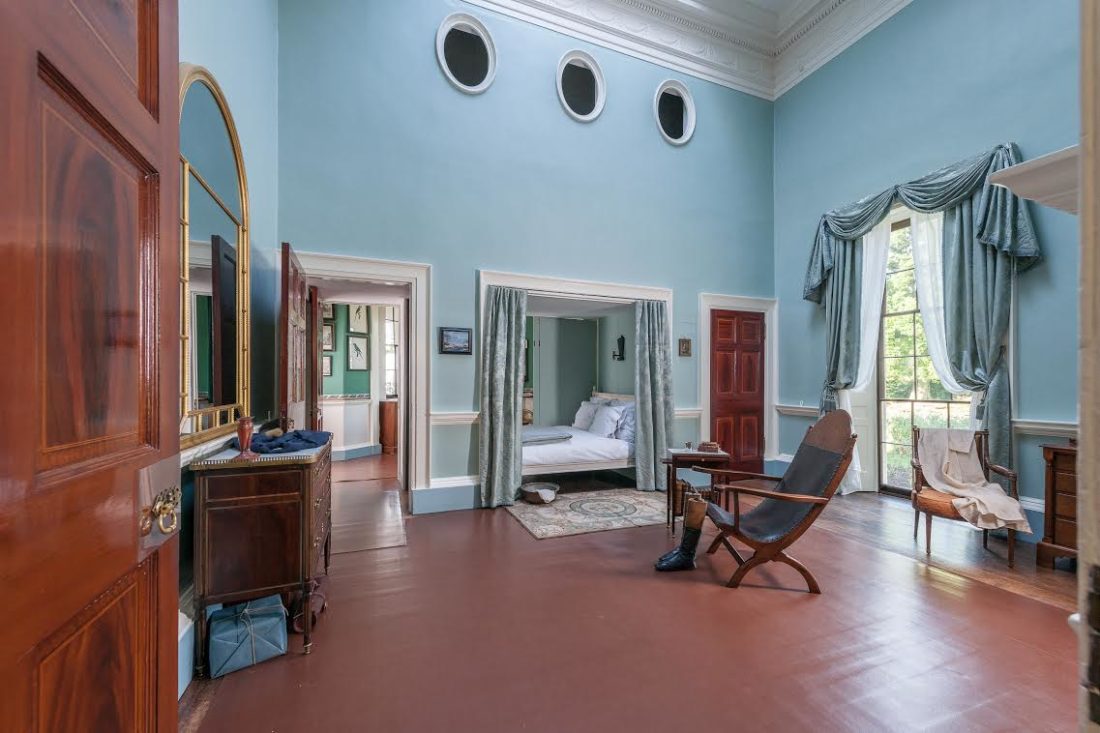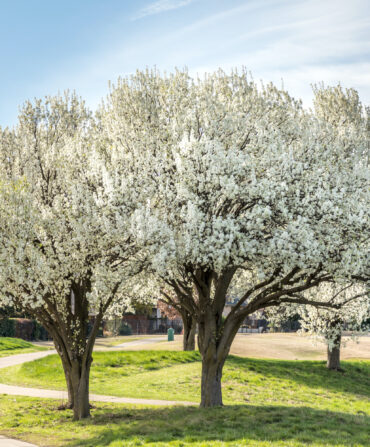One day, more than a decade ago, I was a young, green editor on the set of a photo shoot at a beautiful Southern house. Like a lot of creative folks, I was a sponge for every detail I observed, including the faux-finished doors of the home’s charming library. Though they were made of standard pine and paneled, they had been painted to mimic the grain of mahogany and then stained a cobalt blue to match the grass-cloth walls of the room. The play between real and not real, synthetic and natural, was so clever and memorable.
It occurred to me that I’d seen the idea before, both as a schoolgirl touring Colonial Williamsburg and as a college student at the University of Virginia visiting Monticello, though in those places the technique had been executed in a slightly more subdued way that is equally lovely. “Graining was a very popular treatment from the eighteenth to early to mid-nineteenth centuries,” says Gardiner Hallock, the vice president of architecture, collections, and facilities at Monticello. “In general, early Americans loved to replicate more expensive and, especially for the colonials, harder-to-find materials by painting over easier-to-source native alternatives.”

At Jefferson’s home, the interior doors are constructed of Southern longleaf pine, faux-grained to look like mahogany with faux-burl inlays. Experts attribute the artistry to free craftsman Richard Barry and possibly Jefferson’s enslaved butler Burwell Colbert. Many, if not most of the doors inside the home, were painted over in later years and restoration did not begin until 1977, though a few examples, such as a puzzling door that faces into an attic closet, remained intact. “Jefferson described Barry as ‘a most capital hand,’ and the quality of his surviving work shows that Jefferson was right,” Hallock says.
In Colonial Williamsburg, the exterior door of the Coke-Garrett House displays another example of pine painted to resemble mahogany, stained dark black, as do other structures. Faux fever wasn’t limited to doors and wood grain, according to Hallock. “Other examples of replicated materials include wood-shingle roofs painted red to mimic tile, sand-painted wooden trim that looked like stone, and faux marbling.”

I, like the colonials, am a fan of faux-painted anything. Floors. Doors. Millwork. Bring it on. Three summers ago, when I was very pregnant and it was excruciatingly hot in Charleston, I spent three weekends in a row in the air conditioning of our house faux painting our living room mantel to mimic a strie pattern. I used a dry brush to apply dark paint to a white mantle so that subtle flecks of the lighter color peeked through to create an irregular, blurred stripe. It’s my favorite part of the house.
And I have Mr. Barry to thank for the inspiration.








